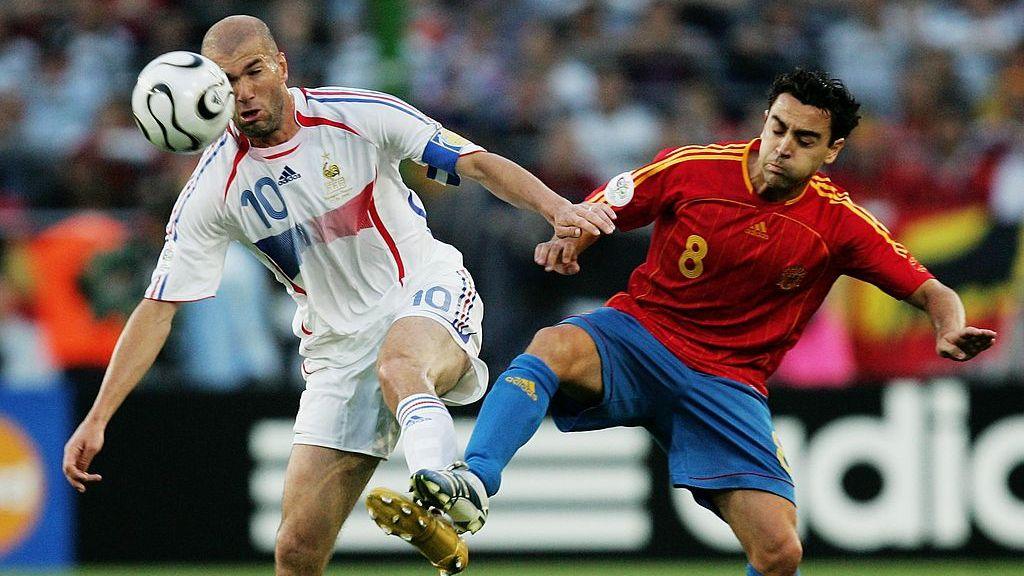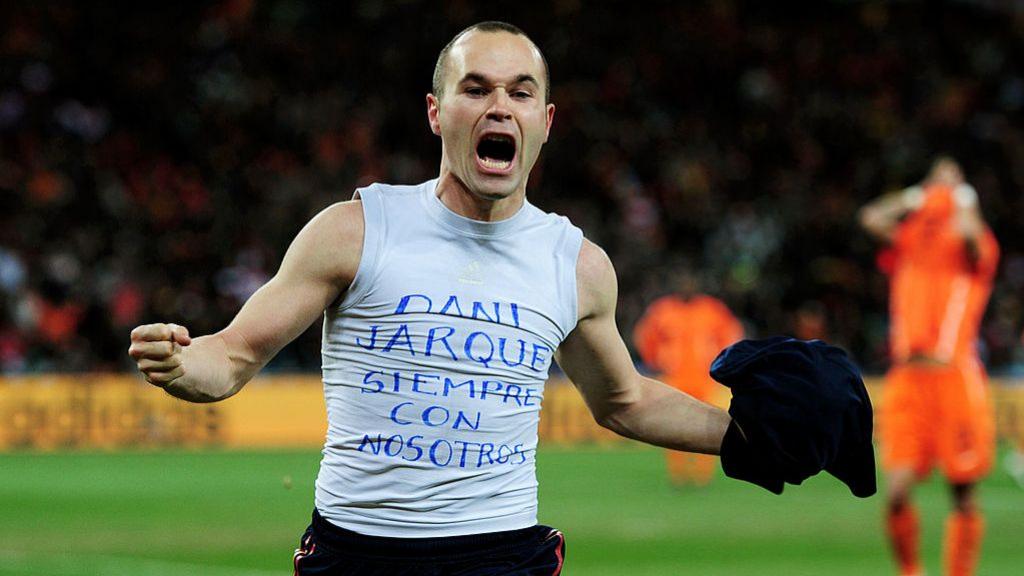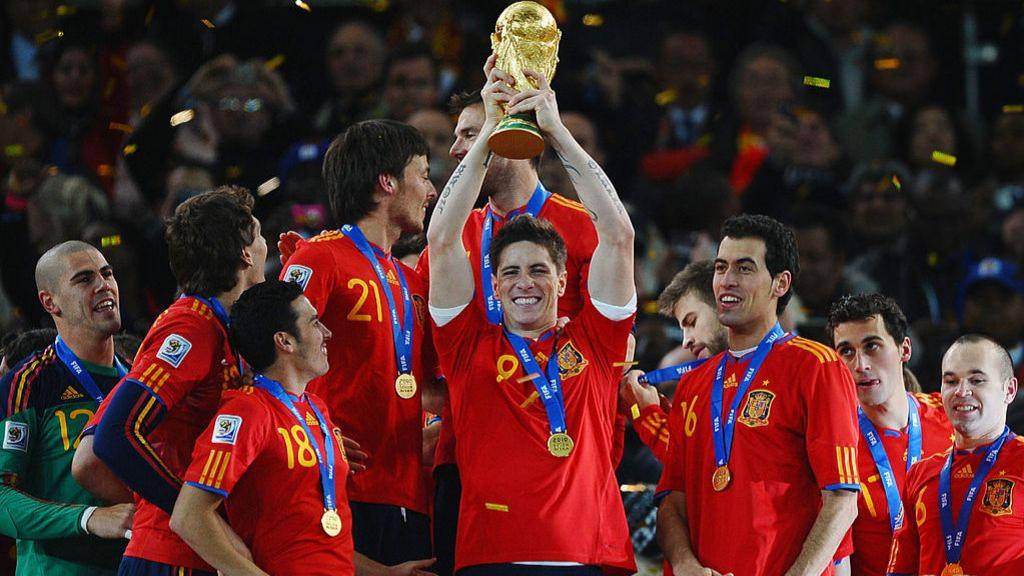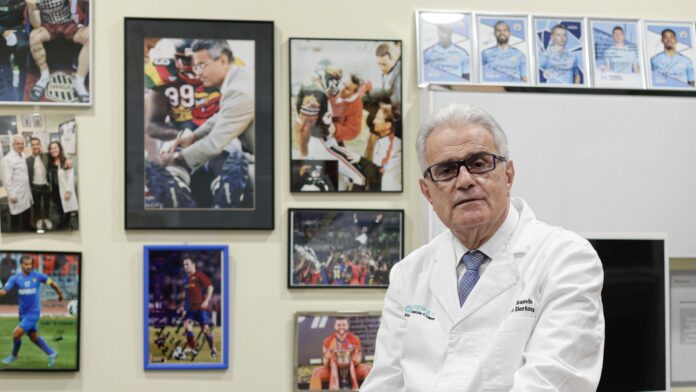The rise in anterior cruciate ligament injuries in the Premier League this season is linked to players competing in more games, says Pep Guardiola’s trusted knee surgeon Dr Ramon Cugat.
This month, Manchester United defender Lisandro Martinez became the 10th top-flight player to injure his ACL this season.
That is the most there has been since 2016-17 when there were 12 in the whole season. There were nine during the 2023-24 campaign.
Dr Cugat, who has been treating Guardiola’s players since the Manchester City manager’s days in charge at Barcelona, told BBC Sport there is “no single cause, but rather a set of situations that increase the probability of injury”.
The surgeon, who operates from Barcelona and has treated Andres Iniesta, Xavi, Fernando Torres and Kevin de Bruyne, says one of the most important factors is the increase in workload, “which in turn implies inadequate recovery”.
Seven of this season’s 10 ACL injuries have come since the turn of the year. As well as Martinez, the injury has struck down Tottenham defender Radu Dragusin, Ipswich winger Wes Burns, Everton midfielder Orel Mangala, Crystal Palace defender Chadi Riad, Arsenal striker Gabriel Jesus and Bournemouth forward Enes Unal.
December and January are among the most congested periods of the Premier League season.
Leicester forward Abdul Fatawu suffered the injury in November, and both Manchester City midfielder Rodri and Wolverhampton Wanderers defender Yerson Mosquera went through the experience in September.
Common causes of ACL injuries include landing incorrectly from a jump, stopping suddenly, changing direction and having a collision. Although these injuries are no longer necessarily career-ending, all 10 of those injured this season are set to miss the remainder of the campaign.
Are footballers playing more games or running more?
In September, Manchester City midfielder Rodri said players were “close” to taking strike action over increased workload.
This was just days before the 28-year-old ruptured his ACL in a 2-2 draw against Arsenal. Rodri played 63 times for City and Spain last season, helping his country win the European Championship in the summer.
A recent study of player workload by the CIES Football Observatory – a research group at the International Centre for Sports Studies – suggested most clubs were not playing more matches per season than they were 12 years ago.
It found that between 2012 and 2024, the average number of fixtures per club per season was just over 40, with about 5% of clubs playing 60 or more games per season.
At elite club level, the Champions League and Fifa Club World Cup have expanded significantly this season. However, the number of international fixtures has not increased in recent years, despite the introduction of the Nations League in 2018.
Dr Cugat says elite players are not only playing more games and training more often but “they carry out these activities with a higher intensity”.
Statistics from Opta show the number of sprints per game in the Premier League has risen in each of the past five seasons, from 255 in 2020-21 to 288 in 2024-25.
“Soccer is an increasingly athletic sport,” Dr Cugat says. “The number of accelerations, decelerations, jumps and contacts increases with each passing season. This makes the sport more attractive for the fan, but it also implies a greater risk of injury for those who practise it.
“The human body has its own mechanisms to cope with such physical demand. Correct nutrition, adequate rest and sleep, and good management of physical load help the tissues of our body to recover from the micro-injuries suffered during intense exercise.
“There are many more factors that go into an anterior cruciate ligament injury. The type of shoe, the state of the grass, the mental health of the athlete – the list goes on, and we are convinced that we have not yet discovered all the aspects that play an important role in the injury.”
The ‘Messi of medicine’ who treats Guardiola’s players
Dr Cugat and Guardiola’s relationship goes back almost four decades. The surgeon, who himself played in Barcelona’s academy, says he first encountered the former midfielder when he was 17 years old.
Guardiola was also one of the first patients to be treated using Dr Cugat’s pioneering ‘growth factors’ technique, credited with helping patients to recover more quickly, which has since been widely adopted by other surgeons.
The procedure involves injecting the injured area with the patient’s own platelet-rich plasma (PRP) to aid with healing and repair.
“At the Cugat Institute we combine treatment with PRP in ACL reconstruction,” Dr Cugat told BBC Sport, “as it helps in the healing and ligamentisation process of the graft and also reduces pain in the donor area [the patellar tendon].”
Since becoming a manager, Guardiola has trusted Dr Cugat to treat some of his most important players, including Iniesta, Xavi, Carles Puyol, Sergio Aguero and De Bruyne.
Dr Cugat says he has worked with many other Premier League clubs, including Chelsea, Liverpool, Manchester United, Fulham, Arsenal and Tottenham, and that his surgery handles “an average of around 25,000 injuries per year, both in male and female players”.
Getting Xavi fit for 2006 World Cup

Image source: Getty Images
Image caption: Spain’s Xavi (right) featured at the 2006 World Cup, months after tearing his cruciate ligament
In December 2005, Spain midfielder Xavi tore the cruciate ligament in his right knee.
Dr Cugat recounts how his surgery operated on the Barcelona player, who then started a “very rapid rehabilitation” under the supervision of physiotherapist Emili Ricart.
The physio “had him walking and jogging on flat terrain at 1,050 metres in the mountains”.
Xavi made an exceptionally quick recovery and returned to the Barcelona squad just five months after his injury, helping them win La Liga. He was also selected for Luis Aragones’ Spain squad at the 2006 World Cup, where he featured in all four games as they reached the last 16.
“Although I warned him it was a bit early, Xavi felt very good and his team-mates also saw him in good shape,” explains Dr Cugat.
“He was handling the ball, running without issues, and managed to make some call-ups with Barcelona. Finally, the national team coach, Luis Aragones, called him up for the World Cup, where he played without problems.”
Following his recovery, Xavi went on to win six of his eight La Liga titles, four Champions League trophies, one World Cup and two European Championships.
‘Great relationship’ with Iniesta

Image source: Getty Images
Image caption: Andres Iniesta scored the winning goal in the 2010 World Cup final and won 29 career honours
Another Barcelona great to come under Dr Cugat’s care is former midfielder Iniesta, who suffered multiple injuries over his career, before retiring last year aged 40.
“We’ve maintained a great relationship, not only with him but with his entire family,” Dr Cugat says.
The former Spain international won nine La Liga titles, four Champions Leagues, the World Cup and two European Championships.
Dr Cugat says his “interventions” proved “very effective” for Iniesta, and that his surgery most recently operated on him after he ruptured his rectus femoris thigh muscle when playing for Japanese team Vissel Kobe in 2020.
Helping Torres make the 2010 World Cup

Image source: Getty Images
Image caption: Surgery helped Fernando Torres be available for Spain’s 2010 World Cup win
In April 2010, Liverpool’s Fernando Torres tore knee cartilage during a win against Benfica, leaving him a doubt for the World Cup in South Africa three months later.
After a volcano eruption in Iceland affected air travel, Dr Cugat says the Spain striker had to cross the English Channel by car to get to his Catalan surgery.
“That same afternoon, we operated on his external meniscus tear,” Dr Cugat explains.
Following surgery, Torres featured in all La Roja’s matches as they won the 2010 World Cup, and played a part in the build-up to Iniesta’s winner in the final. He was, however, forced to leave the pitch through injury with seconds remaining.
Torres has since said that “looking back now, it might not have been a very smart decision” to race to be fit for the competition.
The striker’s form dipped after joining Chelsea in January 2011, but he scored in the final as Spain retained the European Championship in 2012, and was part of the Chelsea squad which won the Champions League and FA Cup that season.

